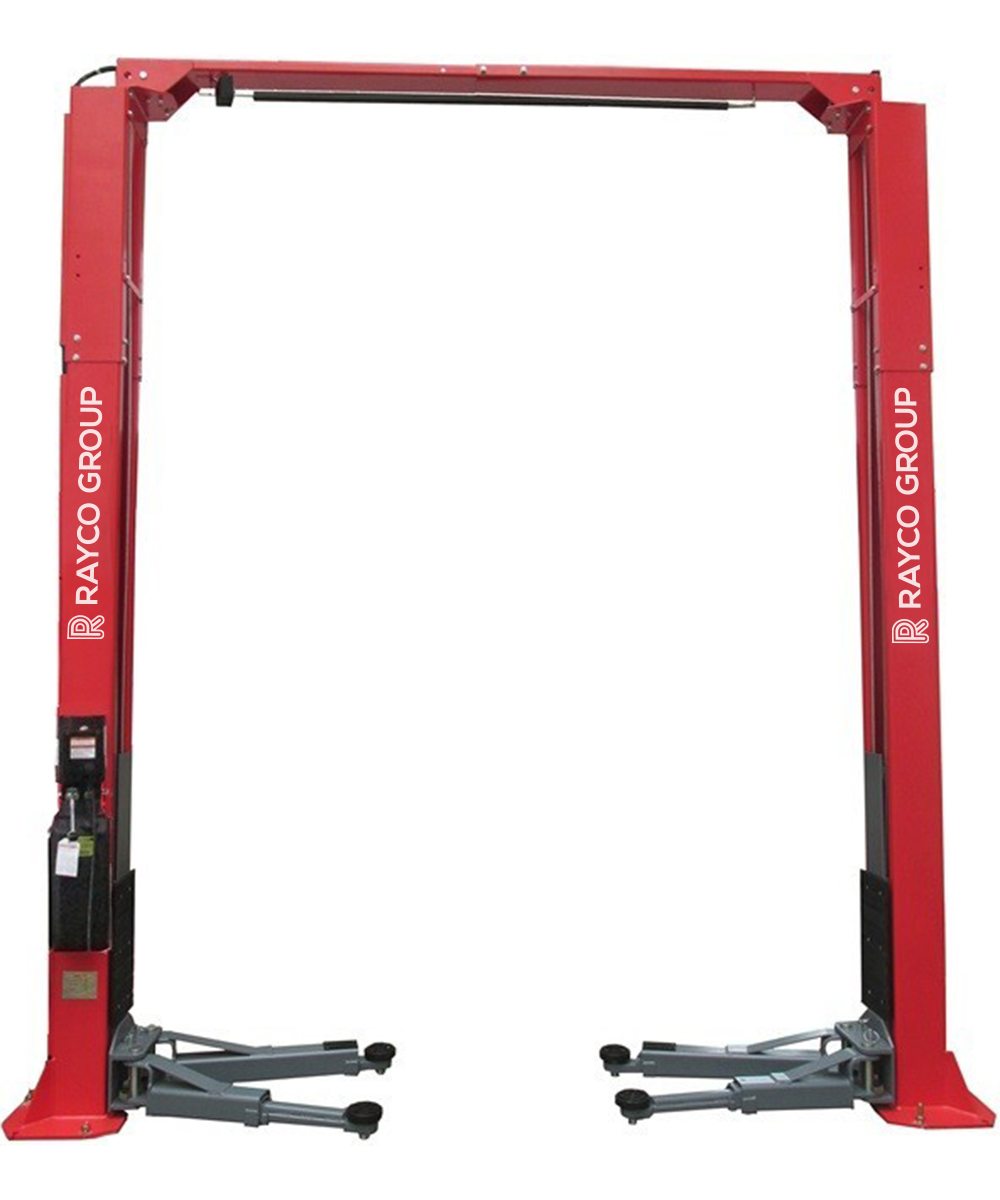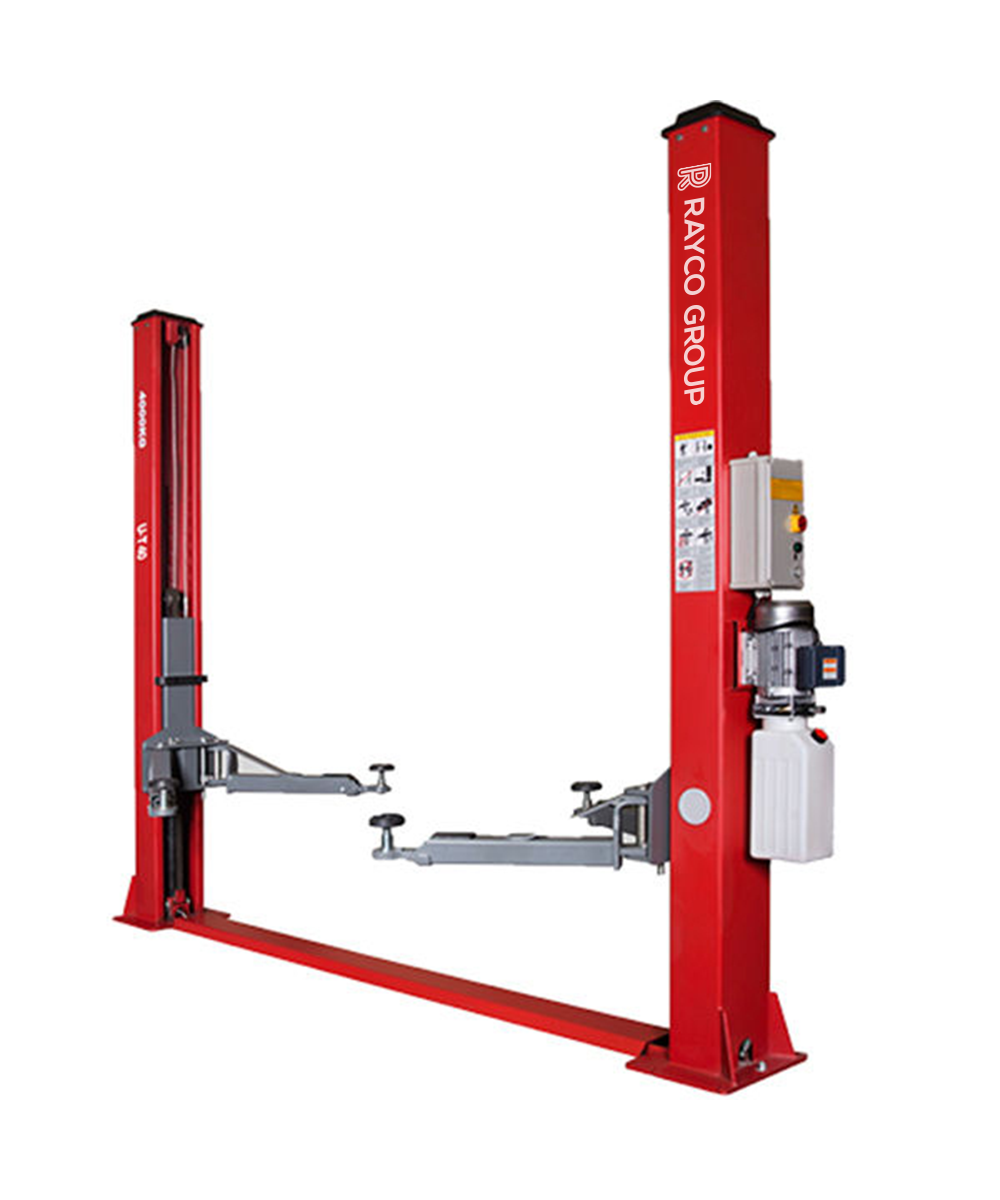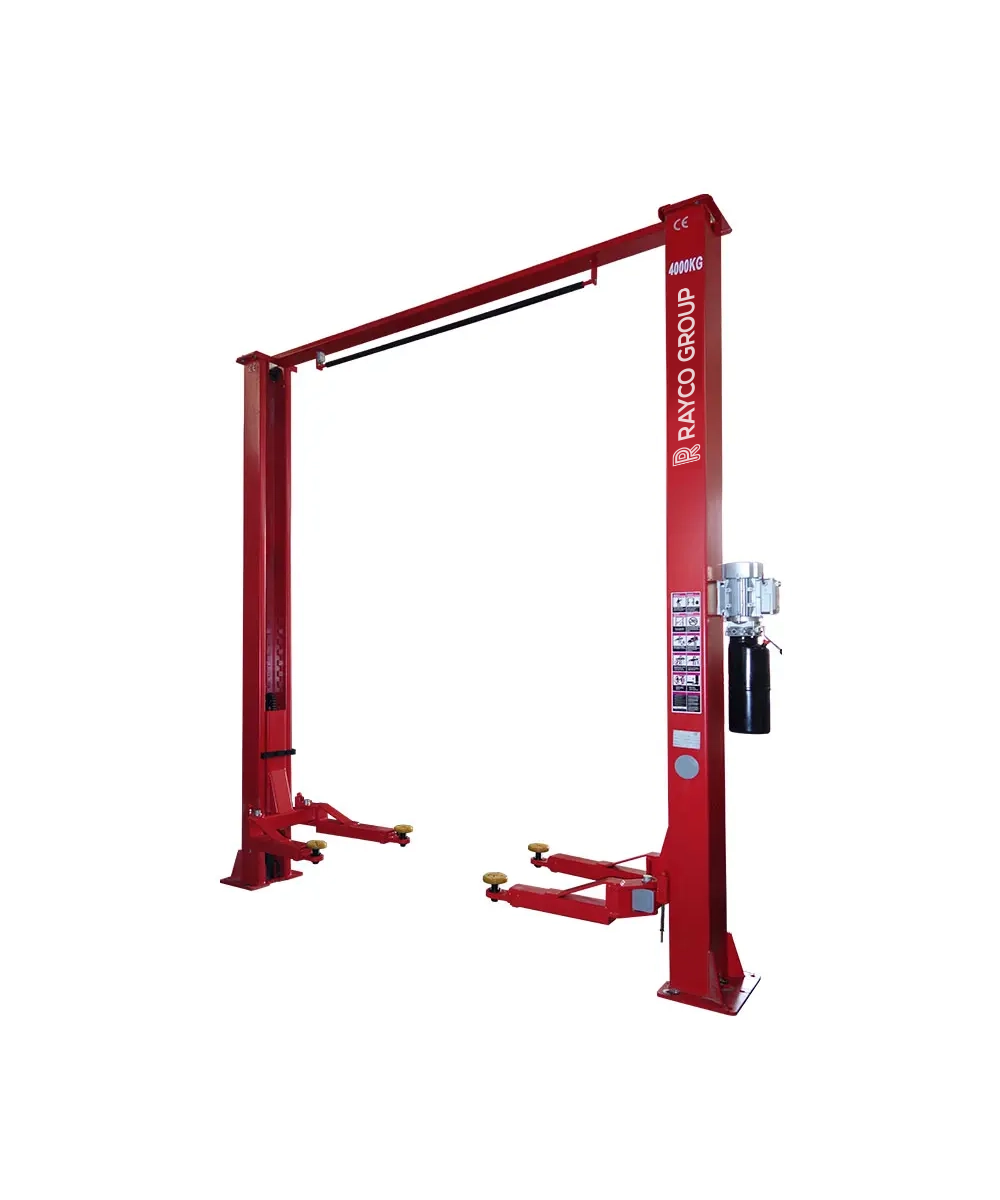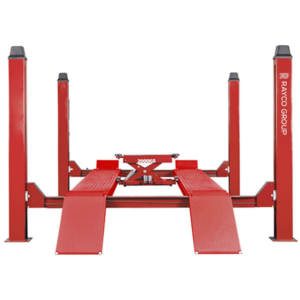Description
Types of Two-Post Car Lifts
- Asymmetrical Two-Post Lifts
- Design: Columns are rotated, and the arms are of unequal lengths, with shorter arms positioned at the front and longer arms at the rear of the vehicle.
- Vehicle Positioning: The vehicle’s centre of gravity is towards the rear, allowing easier access to doors.
- Uses: Ideal for general maintenance and repair tasks where frequent access to the interior is required.
- Symmetrical Two-Post Lifts
- Design: Columns are straight, and the arms are of equal length, positioning the vehicle’s centre of gravity in the middle.
- Vehicle Positioning: The vehicle is centred between the columns, balancing the weight evenly.
- Uses: Suitable for heavier vehicles and tasks that require balanced weight distribution, such as gearbox and transmission work.
- Versymmetrical Two-Post Lifts
- Design: Combines features of both asymmetrical and symmetrical lifts, with adjustable arms for various vehicle sizes and types.
- Vehicle Positioning: Can be adjusted to position the vehicle asymmetrically or symmetrically.
- Uses: Versatile for a wide range of vehicles and maintenance tasks, offering flexibility in positioning.
Key Features of Two-Post Car Lifts
- Weight Capacity
- Typically ranges from 3,000 kg to 8,000 kg, accommodating most cars and light commercial vehicles.
- Arm Design
- Swing Arms: Adjustable to different lengths and angles to fit various vehicle frames.
- Telescoping Arms: Extendable arms for more flexibility in positioning the lifting pads.
- Safety Mechanisms
- Automatic Locking Mechanisms: Engage to securely hold the vehicle in place once lifted.
- Secondary Safety Locks: Provide an additional layer of security in case the primary locks fail.
- Arm Restraints: Lock the arms in place once the vehicle is raised to prevent movement.
- Hydraulic System
- Power Unit: Utilises hydraulic cylinders and pumps to lift and lower the vehicle smoothly and efficiently.
- Dual Hydraulic Cylinders: Ensure balanced lifting and lowering.
- Height and Width Adjustability
- Adjustable Column Height: Allows the lift to be used in garages with varying ceiling heights.
- Drive-Through Width: Space between the columns can be adjusted to accommodate wider vehicles.
- Floor Plate vs. Overhead Design
- Floor Plate: A base plate at the bottom of the lift where hydraulic lines and cables run. Suitable for garages with low ceilings.
- Overhead: A crossbar at the top where hydraulic lines and cables run. Provides clear floor space and is ideal for taller garages.
Uses of Two-Post Car Lifts
- General Maintenance
- Tasks such as oil changes, brake work, and tyre rotations.
- Repair Work
- Engine, gearbox, and suspension repairs that require undercarriage access.
- Inspection and Diagnostics
- Visual inspections and diagnostics requiring the vehicle to be lifted for better access.
- Wheel Alignment (with appropriate attachments)
- Some two-post lifts can be used for wheel alignment if equipped with the necessary attachments.
Considerations for Choosing a Two-Post Car Lift
- Garage Ceiling Height
- Ensure your garage ceiling is high enough to accommodate the lift and the vehicle being raised.
- Floor Strength
- The concrete floor must be of sufficient thickness and strength to support the lift’s weight and the vehicle.
- Lift Capacity
- Choose a lift with a weight capacity that exceeds the weight of the heaviest vehicle you plan to lift.
- Space Requirements
- Consider the overall footprint of the lift and ensure there is enough space for safe operation.
- Power Requirements
- Verify that your garage’s electrical system can support the power requirements of the lift.
- Installation and Maintenance
- Professional installation is recommended to ensure safety and proper functioning. Regular maintenance is crucial for longevity and performance.
Conclusion
Two-post car lifts are a versatile and efficient solution for various automotive maintenance and repair tasks in the UK. With different types available, such as asymmetrical, symmetrical, and versymmetrical lifts, you can choose one that best fits your specific needs and garage setup. Consider factors like ceiling height, floor strength, lift capacity, and space requirements to select the most suitable lift for your operations. Proper installation and regular maintenance are key to ensuring the safety and longevity of your lift.












